| EV battery boom: Is Congress’ gambit working? |
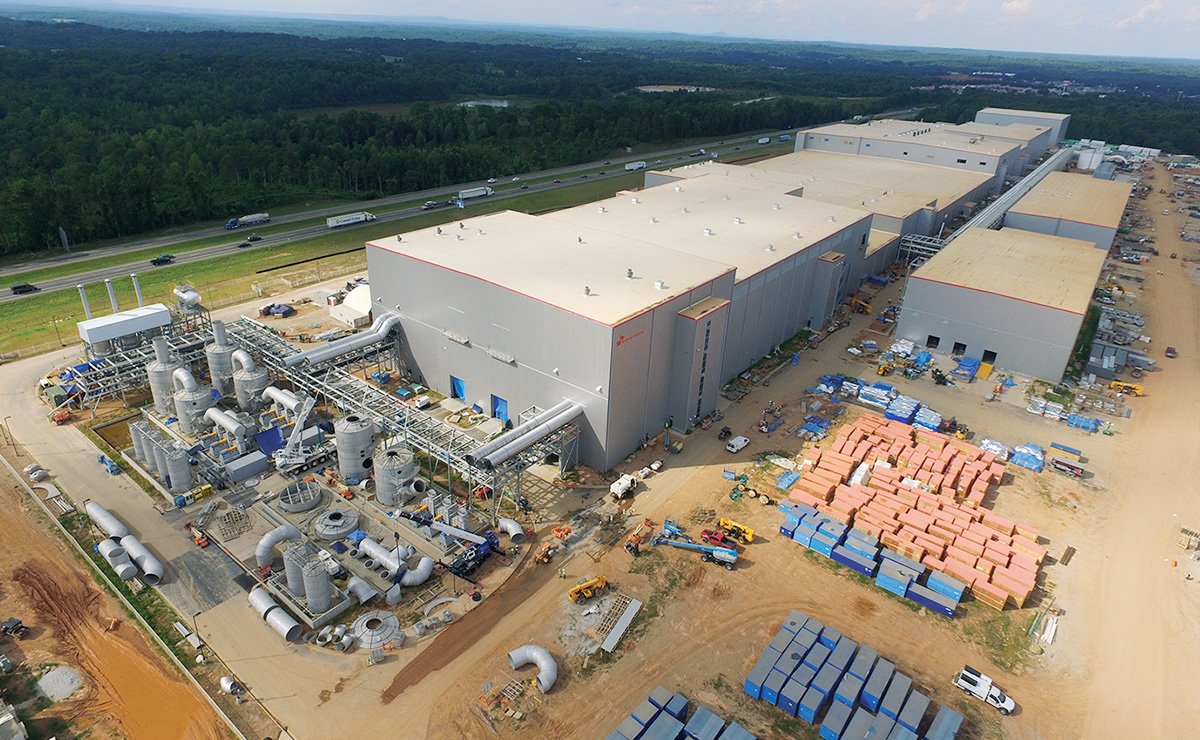
Causality can be a very difficult concept to prove: We see a thing happen, and then we witness another action later that looks to be a direct result of the first thing. Yet we can never really be sure that there were no other outside forces that acted independently of the first action to influence what happened later.
Fans of “The West Wing” know that in legal terms this is known as the post hoc ergo propter hoc fallacy — Latin for “after this, therefore because of this.”
So what, then, to make of the panoply of recent automaker announcements involving new battery and EV manufacturing plants across much of the United States and North American partners Canada and Mexico? Is this flurry the direct result of Congress — driven in no small part by Sen. Joe Manchin, D-W.Va. — passing the Inflation Reduction Act in August? Have automakers so quickly committed tens of billions of dollars to build new battery plants and assembly plants to make future EVs because Congress dramatically rewrote the law governing how taxpayers would subsidize the auto industry’s conversion to electrified propulsion?
The short answer is an unsatisfying “maybe.”
Why? There are a number of outside motivating factors also influencing executive decision-making when it comes to future EV production in theU.S.
Consider first the rapid growth of EV sales. Through the first three quarters of this year, alternative energy vehicles have captured a nearly 11.9 percent market share among cars, up from 8.3 percent at the same point last year. They’ve also grabbed 3.5 percent of the light-truck market in the U.S. so far this year, up from just 2 percent a year earlier, according to the Automotive News Research and Data Center. Executives can see that consumer resistance to electrified vehicles is fading.
The finite and difficult-to-extract nature of raw materials for batteries is also weighing into many of these announcements. While the Inflation Reduction Act mandated where such materials must be sourced in order to qualify for credits, executives realize that without new sources of those materials, especially from North America, the prices of their batteries are going to go up as EV production broadens. Building battery plants locally keeps transportation costs down and also encourages local sourcing by providing more mature markets.
Experienced industry watchers know that with billions of dollars and millions of jobs on the line, automaker executives rarely get lured into chasing congressional legislation like a dog chasing a passing car.
But every once in a while, legislation comes along that does help this industry. While the Inflation Reduction Act may not be the only thing driving all these announcements, it undoubtedly has helped bring them along.
 |
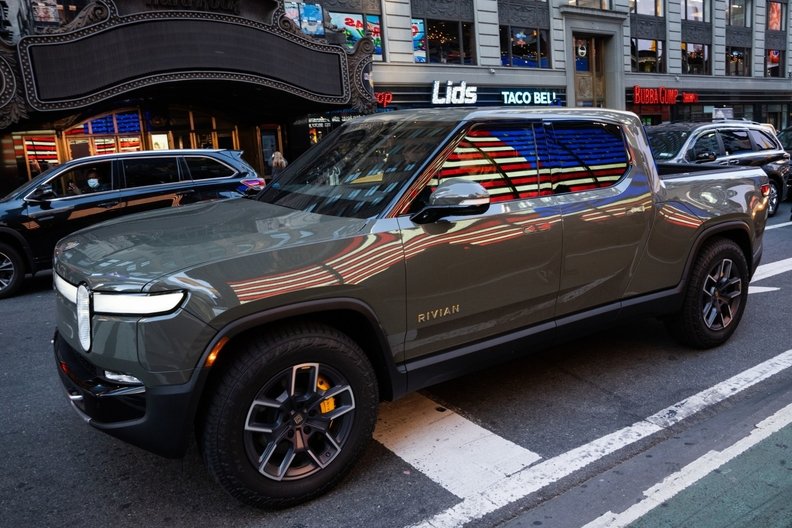
 |
In Monday’s Automotive News:
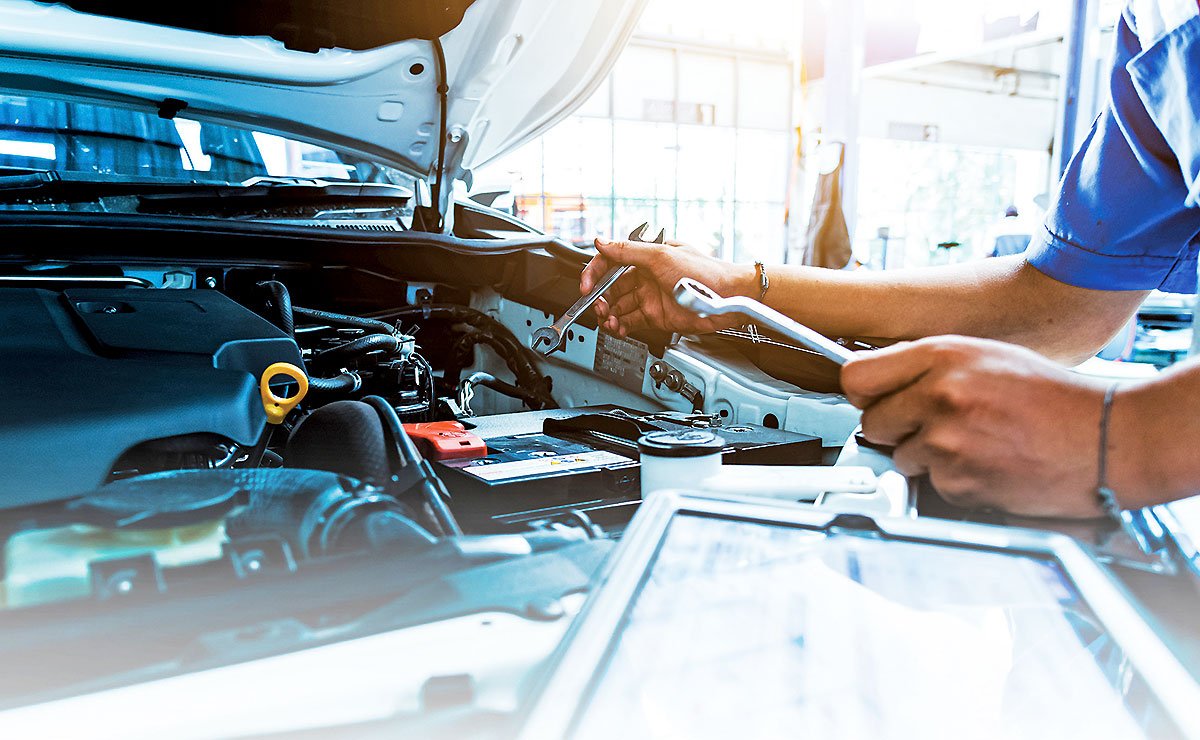
Help wanted. If dealers could wave a magic wand, many would have more service technicians on the payroll. Dealers could keep additional technicians busy because service sales, including parts for service operations, are increasing — up 15 percent year over year through September, and exceeding levels seen before the pandemic in 2019. As Automotive News explains, the business could be even stronger if dealers had the capacity to grab it, putting them in position to market themselves for new business rather than just trying to handle the business already coming in the door.
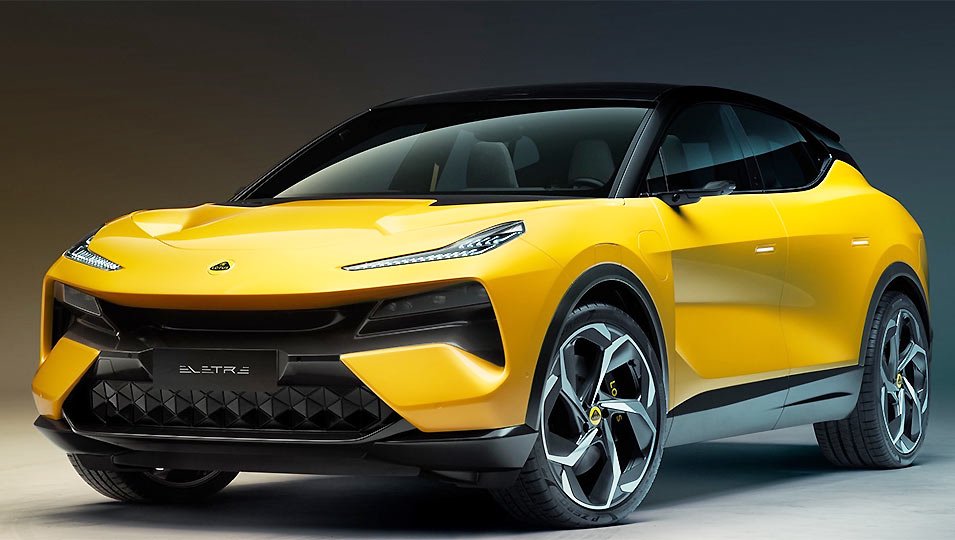
A better Lotus? Lotus Cars Managing Director Matt Windle recently visited the company’s North American operations, met with dealers and attended the 41st annual Lotus Owners Gathering at Summit Point racetrack in West Virginia. As this interview with Automotive News shows, Windle’s visit comes as Lotus is expanding its dealer network and is getting ready for the biggest onslaught of new models in company history.
Weekend headline
Nikola founder convicted of fraud: Nikola Corp founder Trevor Milton on Friday was convicted by a U.S. jury of fraud in a case alleging he lied to investors about the electric vehicle company’s technology.
 |
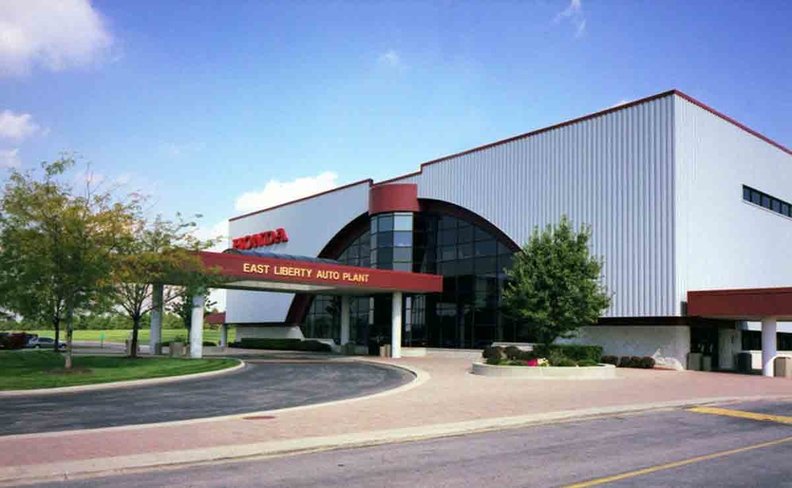
Honda’s EV moves: Honda’s path toward electrification in North America took two big steps forward last week, with the Japanese automaker setting plans to develop an EV with Sony and, in a joint venture with LG Energy Solution, invest in battery production in Ohio. The EV joint venture, Sony Honda Mobility Inc., plans to build a battery electric vehicle at a Honda plant in North America and deliver it to customers by spring 2026. The plant will also export the EV to Japan. Honda’s joint venture with LG Energy plans to invest $3.5 billion to build an EV battery plant 40 miles southwest of Columbus, Ohio. Honda will also spend $700 million to retool three plants in Ohio to build EVs and parts.
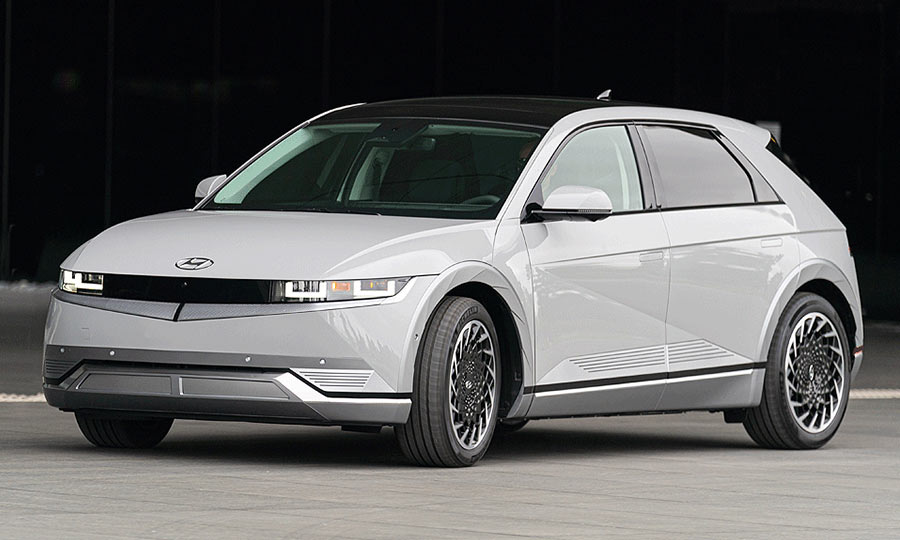
EV registrations soar: Tesla still has a formidable lead in the U.S. EV race, though other brands have gained momentum through the first eight months of the year. Hyundai Motor Group — consisting of the Hyundai, Kia and Genesis brands — outgained Ford Motor Co. for the No. 2 spot, according to data from Experian Automotive. Hyundai Motor Group accounted for a 9.4 percent share of U.S. EV registrations compared with Ford’s 7.3 percent. Tesla holds a commanding lead with a nearly two-thirds share of registrations. Overall EV registrations climbed 56 percent from the previous year.
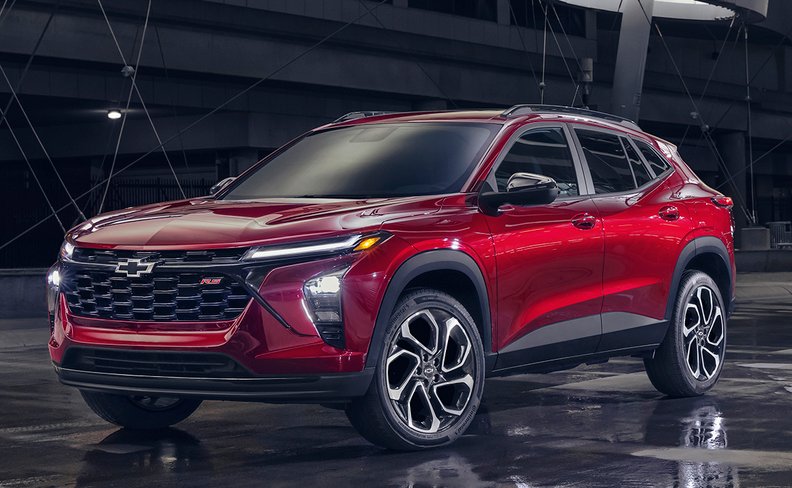
Chevy Trax is back: Chevrolet is resurrecting the Trax subcompact crossover after a brief hiatus, with the redesigned 2024 model being positioned as a clean break from its predecessors. The new Trax is bigger, wider and lower, part hatchback and part sporty crossover. Pricing will start at $21,495 and top out at $24,995 on two upper trims when it arrives in the spring.
 |
|
|---|
 |
 |
 |
Oct. 17, 1950: Date of birth of Shiro Nakamura. The 1993 concept VehiCross, approved by Nakamura when he led Isuzu design, launched the crossover tidal wave. He was poached by Nissan boss Carlos Ghosn in 1999 and ran design for almost two decades before retiring in March 2017. As Nissan’s chief creative officer, he went on to influence more than Nissan’s designs. His creations forced an uncomfortable realization upon Japanese automakers long complacent in their niche as purveyors of reliable, if boring, appliances: Design sells cars.

